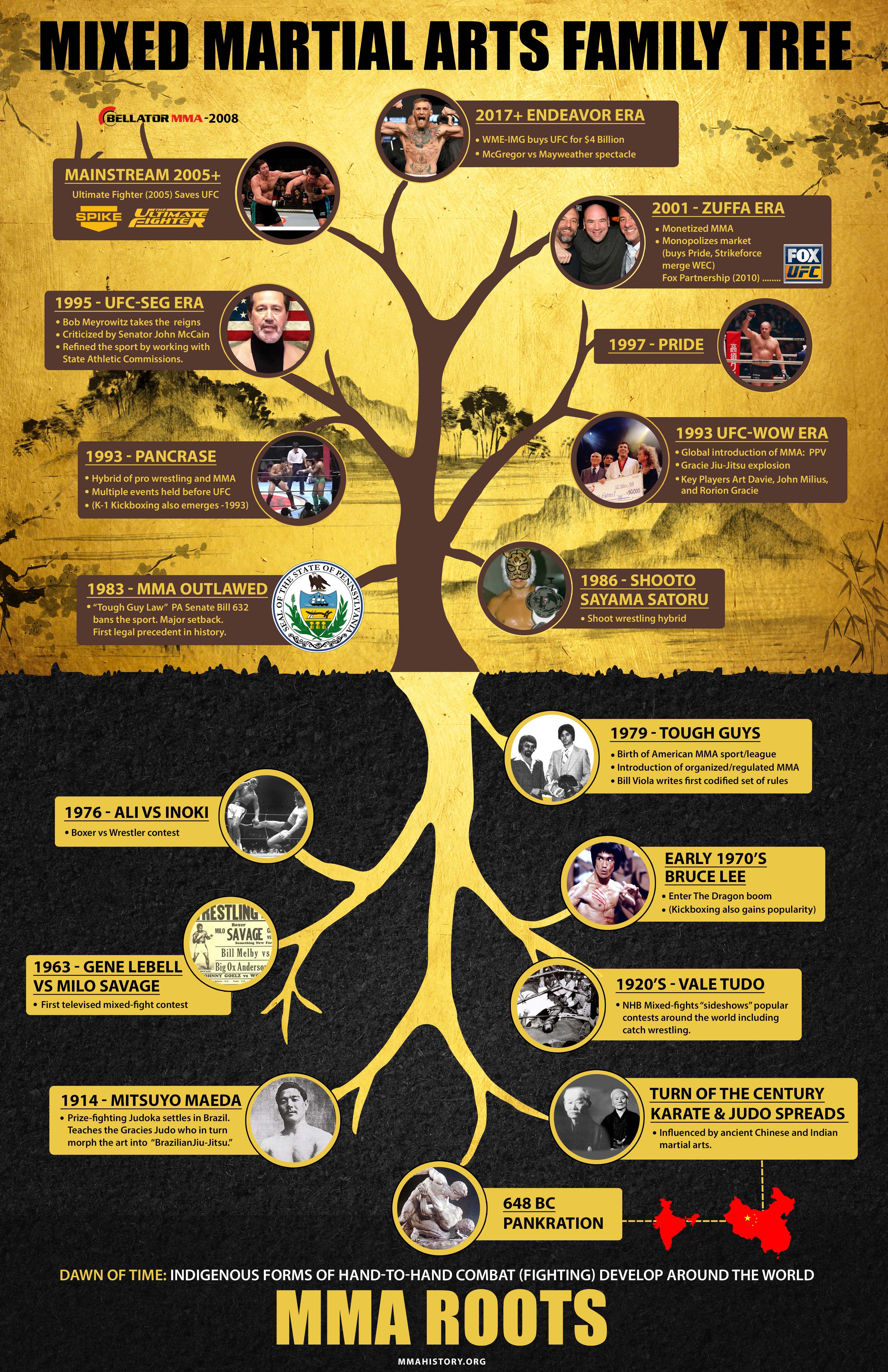Exploring The Rich Heritage And Spiritual Dimension Of Martial Arts: A Comprehensive Examination
Exploring The Rich Heritage And Spiritual Dimension Of Martial Arts: A Comprehensive Examination
Blog Article
Web Content Writer-McGrath Wall
Enter the old globe where martial arts were born out of necessity in varied areas. Cultures crafted unique combating styles intertwined with historic contexts. Strategies developed over centuries with devoted practice and cultural exchanges. Today, modern-day martial arts mix traditional aspects for optimal efficiency. Philosophically, martial arts stress self-control, self-improvement, and harmony. Regard, humbleness, and balance are foundational concepts directing professionals in the direction of growth and resilience. Check out the depths of this abundant background and philosophy to uncover the extensive influences forming this long-lasting self-control.
Beginnings of Fighting Style
Martial arts originated in various regions all over the world, advancing as functional battle systems to resist dangers. These ancient battling designs were created out of requirement, with each culture crafting techniques matched to their unique atmospheres and obstacles. From the grappling arts of Jujutsu in Japan to the striking techniques of Martial art in China, martial arts were deeply linked with the historic, social, and cultural fabric of their corresponding cultures.
In Japan, the samurai course polished martial arts like Kenjutsu, the art of the sword, which later advanced right into the much more promoted form of Kendo. At the same time, in Brazil, Capoeira emerged as a mix of dance and battle, developed by enslaved Africans as a way to stand up to oppression. Each martial art lugs with it an abundant background and philosophy, reflecting the values and ideas of individuals who exercised them.
As you look into the origins of martial arts, you uncover a tapestry of human ingenuity, resilience, and the stubborn spirit of warriors throughout time.
Development of Methods
Through centuries of method and improvement, battle techniques within various martial arts have undertaken an extensive advancement. From old designs like Kung Fu and Martial arts to more contemporary disciplines such as Brazilian Jiu-Jitsu and Krav Maga, the evolution of methods has actually been driven by a mix of cultural influences, functional applications, and technical developments.
should a kids martial arts defense class demonstrate rape preventiom of this evolution is the cross-pollination of techniques between different martial arts. For example, techniques from standard Japanese Jiu-Jitsu were incorporated into the development of Judo by Jigoro Kano in the late 19th century. Recommended Internet site of designs has actually resulted in the growth of hybrid martial arts like Mixed Martial Arts (MIXED MARTIAL ARTS), which incorporate aspects of striking, grappling, and submission techniques.
Moreover, the evolution of methods has actually been shaped by the boosting emphasis on efficiency and performance in combat. Specialists have actually constantly looked for to fine-tune their strategies through rigorous training, trial and error, and competitors, causing the development of highly specialized and efficient fighting designs. Overall, the development of strategies in martial arts mirrors the dynamic nature of battle and the recurring mission for enhancement and innovation.
Thoughtful Structures
Discovering the underlying philosophical concepts of martial arts supplies understanding right into their core worths and directing beliefs. At the heart of lots of martial arts disciplines is the principle of technique itself. By training your mind and body to act as one natural device, you cultivate discipline that expands beyond the dojo or fitness center into daily life. This technique includes regard, humility, and self-control, shaping not simply your physical capabilities but likewise your character.
Another basic thoughtful structure in martial arts is the idea of constant self-improvement. The trip of understanding a martial art is endless, with specialists frequently striving to far better themselves, both literally and emotionally. This concentrate on development cultivates strength, willpower, and a development way of thinking that can be applied to all facets of life.
Additionally, martial arts emphasize the value of harmony and balance. Strategies are designed to utilize an opponent's energy against them, highlighting the concept of yielding and rerouting pressure rather than satisfying it head-on. This viewpoint encompasses interpersonal connections, advertising serene resolutions and mutual understanding. By accepting these thoughtful structures, martial artists not only improve their fight skills yet additionally grow a lifestyle centered on individual growth, respect, and consistency.
Conclusion
In conclusion, the background and approach of martial arts use an abundant tapestry of practice, technique, and self-improvement.
Take for instance the story of Bruce Lee, who revolutionized martial arts by mixing different styles and viewpoints to create his own distinct type of Jeet Kune Do.
Through devotion and development, martial artists continue to press limits and inspire others to reach their full capacity both in battle and in life.
